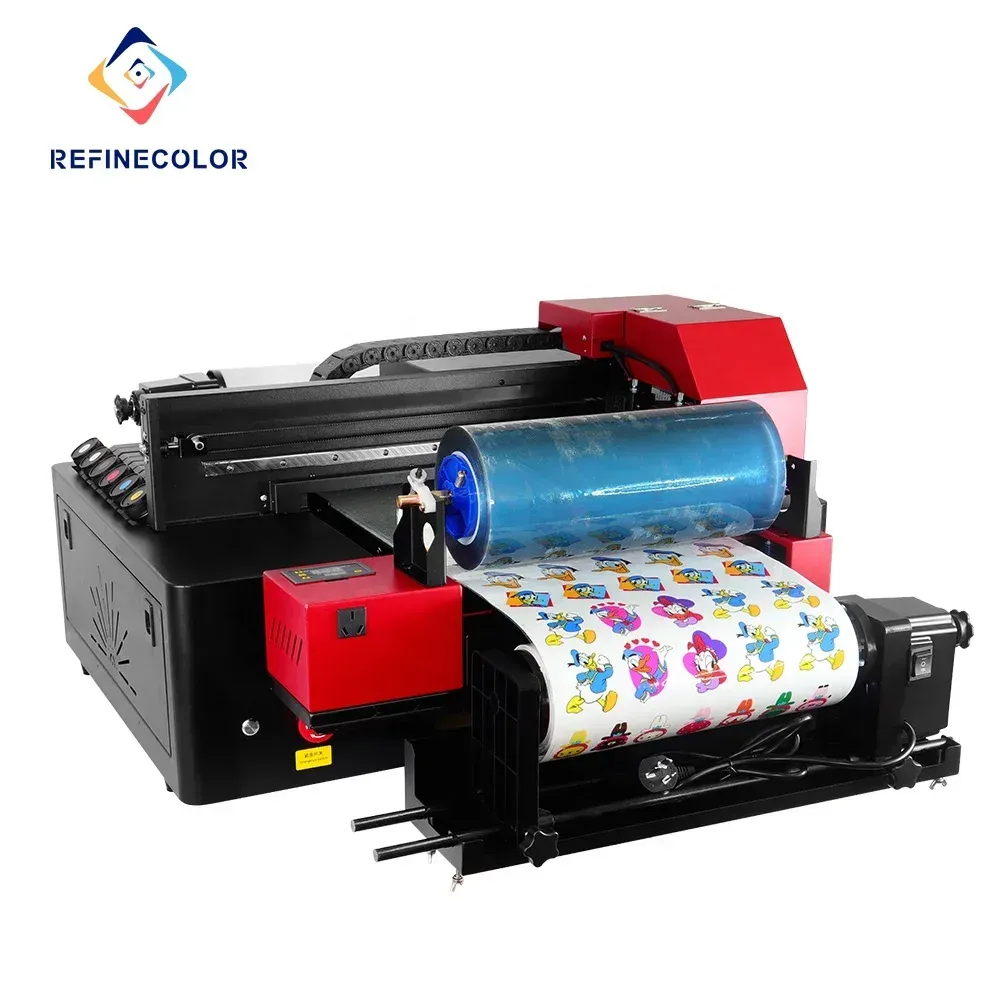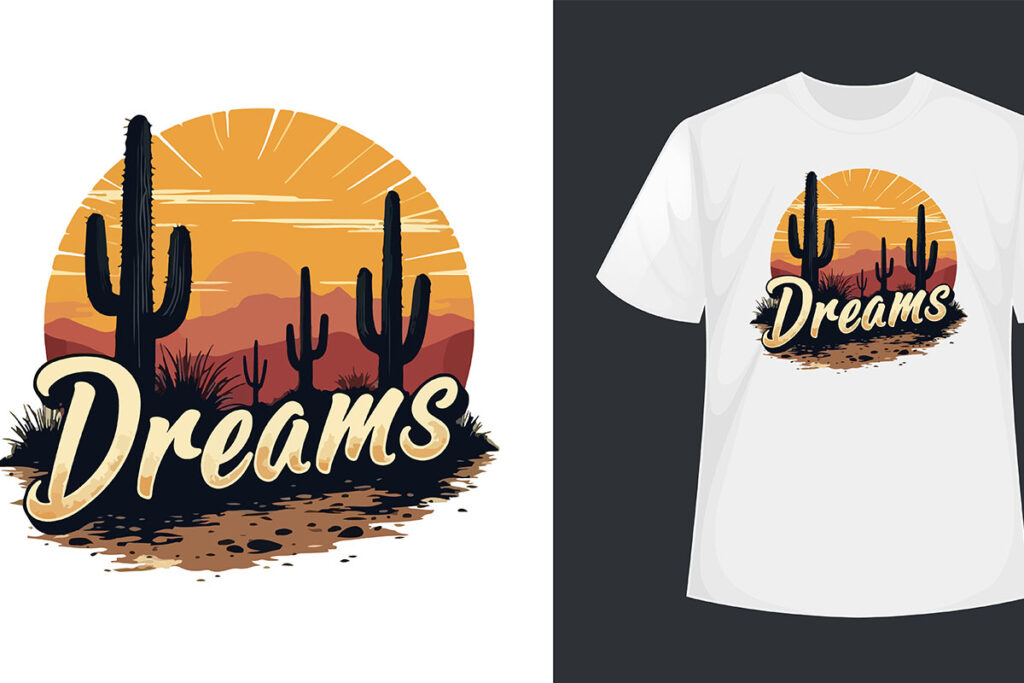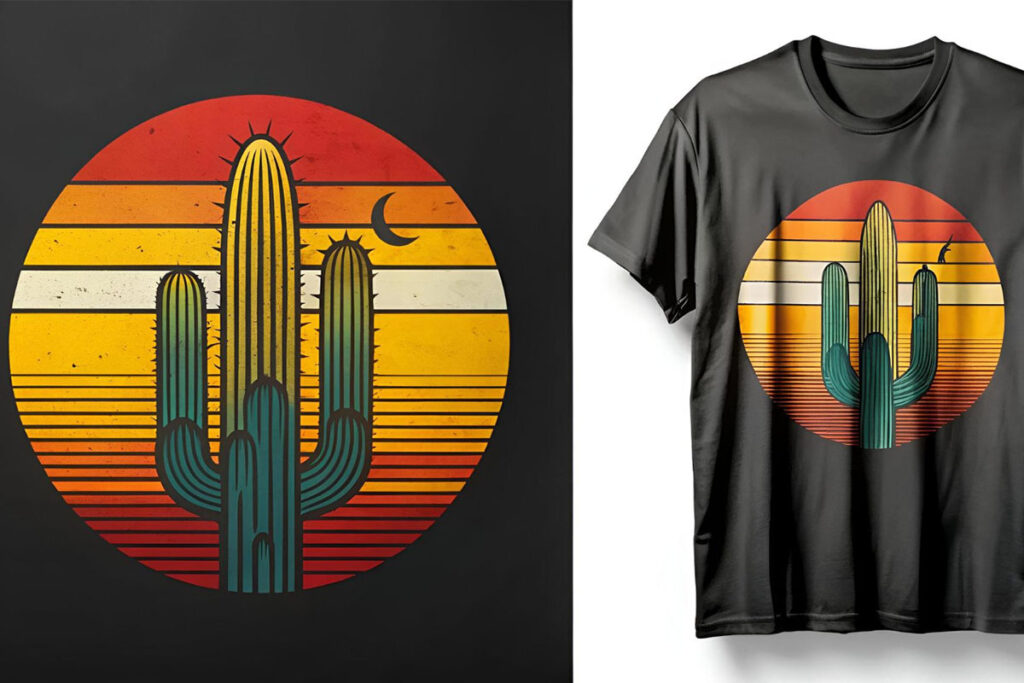UV DTF, or Ultraviolet Direct-to-Film printing, represents a groundbreaking innovation in the realm of printing technology. This advanced method harmonizes the benefits of UV printing technology with direct-to-film techniques, enabling stunning and durable prints on a variety of surfaces. As businesses increasingly prioritize cost-effective solutions without compromising quality, understanding UV DTF and its applications becomes essential. Not only does this printing technique offer enhanced speed and versatility, but it also reflects the latest UV printing trends toward sustainable and high-definition images. This guide aims to unpack the science, advantages, and wide-ranging applications of UV DTF, ensuring you stay informed and competitive in this evolving industry.
Ultraviolet Direct-to-Film (UV DTF) printing, often referred to in the industry as ultraviolet inkjet transfer or direct-to-film UV printing, is revolutionizing how images are applied to various materials. This advanced printing technique combines the power of UV inks with the efficiency of transfer films, enabling high-quality images to adhere securely to substrates like textiles and plastics. With the growing demand for customized print solutions, exploring the nuances of this innovative technology is crucial for businesses aiming to stay ahead. The advantages of this method not only include enhanced durability and vibrant colors but also support the eco-friendly practices increasingly desired by consumers. As we delve deeper into the mechanics and benefits of UV DTF, we will highlight its relevance in today’s competitive market.
Exploring the Fundamentals of UV DTF Technology
UV Direct-to-Film (UV DTF) technology is a dynamic and innovative printing method that bridges the gap between traditional UV printing and modern direct-to-film applications. At its core, this technology utilizes ultraviolet light to cure specially formulated inks that transform from liquid to solid as they are printed on a transfer film. This dual approach not only enhances the visual quality of prints but also ensures their longevity and durability, making UV DTF a top choice for many businesses today. By marrying these two techniques, UV DTF sets a new standard in high-quality printing, catering to a wide range of materials and industries.
The process of UV DTF starts with the printing phase, where specialized UV inks are carefully laid down onto a transfer film. This initial step is critical as it determines the level of detail and vibrancy of the final image. Following printing, the film undergoes a curing phase, where exposure to UV light solidifies the ink. This rapid curing process not only speeds up production but also strengthens the bond between the ink and the film, making it possible to achieve intricate designs and bright, eye-catching colors that stand out, particularly in competitive markets.
The Benefits of UV DTF: A Game-Changer for Businesses
One of the primary advantages of UV DTF technology is its ability to produce high-definition images with remarkable color vibrancy. The advanced UV inks used in this process are formulated to maintain vividness over time, which is essential for applications requiring precise color matching and intricate detailing. This capability makes UV DTF an excellent choice for various industries, including fashion and custom apparel, where visual appeal is paramount. Businesses leveraging UV DTF can expect to deliver products that not only meet but exceed customer expectations for quality and aesthetics.
Moreover, UV DTF can adapt to an extensive array of substrates, which grants businesses the versatility to expand their product offerings significantly. From textiles and plastics to metal surfaces, the technology supports a wide range of applications, including promotional items and signage. This level of adaptability ensures that companies can diversify their portfolios while utilizing a single printing method, thereby enhancing their competitive edge and operational efficiency. As industries recognize the potential of UV DTF, its adoption is likely to accelerate, reinforcing its status as a preferred printing solution.
Recent Trends and Innovations in UV DTF Printing
The UV printing market is experiencing a notable surge, driven by the increasing demand for high-quality, customizable printing solutions. Industry analysts project significant growth in this sector, with UV DTF technology at its forefront due to its unique advantages. As businesses shift towards more innovative printing methods, UV DTF stands out as a versatile and efficient option that meets contemporary market needs. The integration of UV DTF in various sectors—ranging from fashion to promotional products—reflects larger trends aimed at enhancing product quality and consumer appeal.
Technological innovations in UV DTF processes also play a crucial role in sustaining its growth. Recent advancements include improvements in UV ink formulations that enhance adhesion properties and expand usability across various substrates. Furthermore, emerging printer technologies aim to simplify the UV DTF printing process, making it more accessible for businesses looking to embrace this method. As the technology continues to evolve, it is expected to unlock new capabilities and applications, reinforcing the relevance of UV DTF in today’s fast-paced, design-oriented market.
Sustainability in UV DTF: The Future of Printing
As environmental consciousness becomes a global priority, the printing industry is undergoing a transformation towards sustainable practices. UV DTF technology is adapting to these demands with manufacturers focusing on developing eco-friendly UV inks designed to reduce harmful emissions and promote sustainability. This shift not only meets the expectations of environmentally aware consumers but also positions UV DTF as a responsible choice for businesses aiming to enhance their brand image while minimizing their ecological footprint. As green technology becomes increasingly important, UV DTF sets a stable foundation for sustainable printing solutions.
These advancements in sustainability resonate with consumer preferences, as more individuals prioritize purchasing products from environmentally responsible companies. By utilizing UV DTF printing with eco-friendly inks, businesses can appeal to a broader audience, improving customer loyalty and satisfaction. Furthermore, as regulations relating to environmental practices become stricter, companies that adopt sustainable technologies like UV DTF may enjoy a competitive advantage over those that do not. Emphasizing sustainability as part of the UV DTF narrative not only enhances its marketability but also underscores the continuous innovation driving the printing industry.
Versatile Applications of UV DTF Across Industries
UV DTF technology has vast applications spanning various industries, making it an attractive option for businesses looking to enhance their product offerings. In the fashion sector, designers utilize UV DTF to create unique custom apparel that captures the essence of contemporary trends, allowing for personalized touches that enhance customer engagement. From vivid t-shirt graphics to detailed designs on footwear, the flexibility of UV DTF allows for endless creative possibilities, making it an essential tool for businesses aiming to stand out in the competitive fashion landscape.
Beyond fashion, UV DTF printing is increasingly being embraced in the promotional products sector. Companies require reliable printing solutions for items such as branded merchandise, banners, and gifts, where vibrant and durable prints are essential for effective marketing. UV DTF fulfills this need, providing businesses with the ability to produce high-quality promotional products that not only serve a functional purpose but also represent the brand with striking visuals. This adaptability and effectiveness ensure that the technology remains pivotal as more companies seek to leverage print as a potent marketing tool.
The Future of UV DTF: Trends and Innovations
Looking ahead, the future of UV DTF technology appears bright, with ongoing trends pointing towards further advancements and refinements. As consumer demands evolve, the printing industry must innovate continuously to meet these changing needs. The integration of automation and advancements in printer technology are expected to further streamline the UV DTF process, making it more efficient and cost-effective for businesses. Additionally, the emergence of augmented and virtual reality applications in printing could revolutionize how products are designed and marketed, aligning seamlessly with UV DTF capabilities.
Emerging trends in personalization and customization will likely bolster the growth of UV DTF applications across various sectors. With consumers seeking unique, tailored products, UV DTF offers businesses the tools to meet these expectations head-on. As the technology becomes more user-friendly, businesses of all sizes can explore the potential of UV DTF without significant investment barriers. This democratization of innovative printing solutions encourages widespread adoption, promising a dynamic future for UV DTF and its applications across industries.
Frequently Asked Questions
What is UV DTF and how does it work?
UV DTF, or Ultraviolet Direct-to-Film printing, combines advanced UV printing technology with direct-to-film methods. This innovative process involves printing high-definition images onto a transfer film using specialized UV inks, which are then cured with ultraviolet light for durability. Once cured, the print can be transferred onto various materials such as textiles, plastics, and metals.
What are the benefits of UV DTF printing?
The benefits of UV DTF printing include high definition with vibrant colors, versatility across different substrates, speed and efficiency due to rapid UV curing, and durability that resists fading and wear. These advantages make UV DTF an ideal choice for many applications, from custom apparel to promotional products.
How has the market for UV DTF evolved recently?
The UV printing market, including UV DTF, has seen significant growth, as projected by Grand View Research. This trend reflects a rising demand for high-quality, customizable printing solutions, indicating that UV DTF will continue to play a pivotal role in the industry.
What applications can benefit from UV DTF technology?
UV DTF technology is versatile and can benefit a variety of applications including fashion and custom apparel, promotional products, and indoor decor. Its adaptability allows businesses to create unique, durable products that stand out in a competitive market.
What recent innovations impact UV DTF printing?
Recent innovations in UV DTF printing include enhanced ink formulations that improve adhesion and expand application range, as well as advancements in printer technology, making the process more user-friendly and cost-efficient for businesses.
How does UV DTF contribute to sustainability in printing?
UV DTF contributes to sustainability by increasingly focusing on environmentally friendly UV inks that meet consumer demand for greener products. This approach not only aligns with global sustainability trends but also enhances the appeal of UV DTF as a responsible printing solution.
| Key Points | Details |
|---|---|
| What is UV DTF? | A combination of UV printing and direct-to-film technology, enabling high-definition image transfers to various substrates. |
| Advantages | 1. High Definition and Color Vibrancy – Produces vibrant, durable images. 2. Versatility – Applicable to multiple materials. 3. Speed and Efficiency – Fast production turnaround. 4. Durability – Resists fading and wear. |
| Application Areas | 1. Fashion and Custom Apparel 2. Promotional Products 3. Interior Décor |
| Recent Developments | 1. Market Growth – Significant expansion in UV printing. 2. Technological Innovations – Improved inks and user-friendly printers. 3. Sustainability – Development of eco-friendly UV inks. |
Summary
UV DTF, or Ultraviolet Direct-to-Film printing, represents a transformative leap in modern printing technology. This innovative method combines the strengths of ultraviolet printing with the efficiency of direct-to-film processes, resulting in high-quality, vibrant, and durable images on a variety of materials. With its promising advantages such as speed, versatility, and enhanced durability, UV DTF has established itself as an ideal solution for numerous industries, including fashion, promotional products, and interior décor. As technological advancements continue to evolve and environmental sustainability becomes increasingly important, UV DTF is poised to play a significant role in the future of printing.



